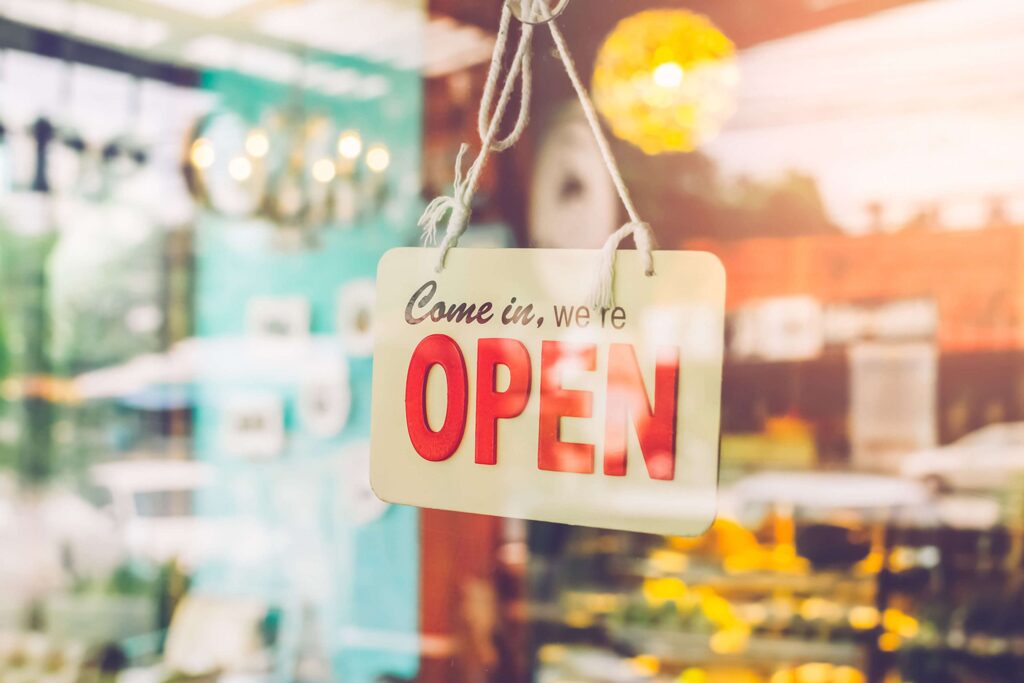WASHINGTON, DC — As the pandemic curve finally starts bending, consumer behavior is beginning to flip-flop. Retail is slowing down and restaurants are quickly picking up steam. But what does it really look like in the big picture?
This was the theme for a NextGen Baker webinar, held exclusively for American Bakers Association members, hosted by Todd Hale, principal and retail insights thought leader, Todd Hale, LLC.
“My expectations are that we’re going to see lower at-home consumption as a result of things easing up, but things will still be very positive, relative to pre-pandemic,” Hale observed.
In looking at foodservice trends, numbers are not yet back to where they were pre-pandemic. “We saw some deep declines in sales in March and April last year,” Hale said. “But we’ve seen growth. Sales are up compared with 2020.”







